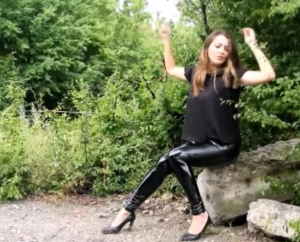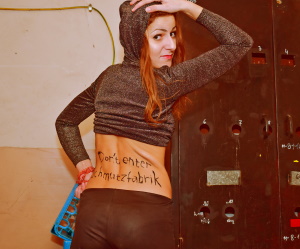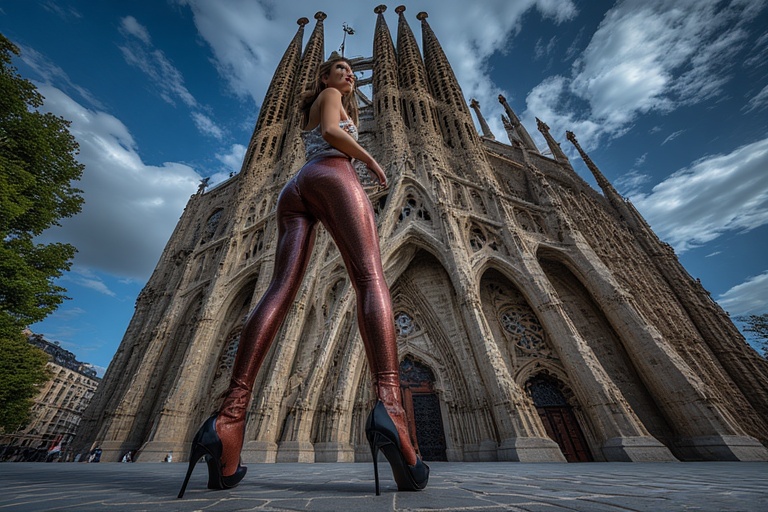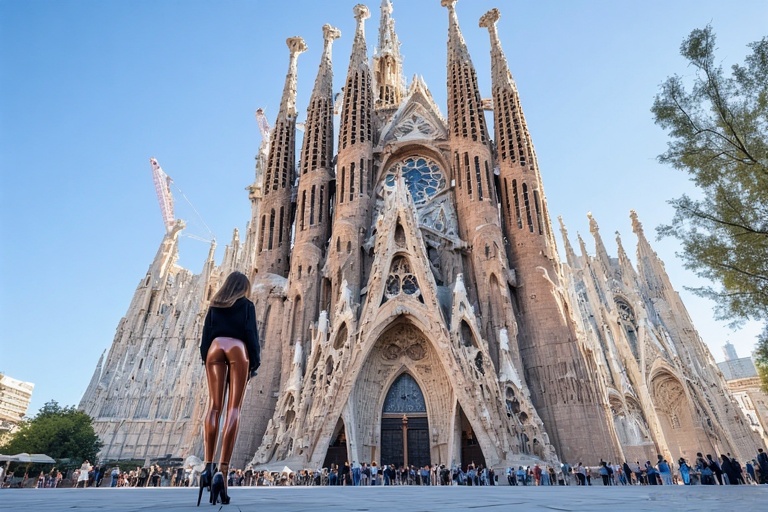When most people think of Barcelona, they picture Gaudí’s spirals, Picasso’s bold strokes, and maybe a stadium full of fans chanting “¡Visca el Barça!” But the real heartbeat of the city doesn’t live only in museums or at Camp Nou — it hums in side streets, tiny galleries, underground clubs, and book-filled squares. Beyond the icons, Barcelona is a city that never stops reinventing its culture — and it’s doing it with the same passion it brings to football and festivals.
Subcultures and the City’s Wild Creativity
Barcelona has always had a rebellious streak. Maybe it’s the sea air, maybe it’s the Catalan temperament, but this city thrives on pushing boundaries. While tourists line up for the Sagrada Família, a few metro stops away in Poblenou or El Raval, you’ll find street artists turning crumbling walls into technicolor canvases.
El Raval, once labeled “rough,” is now a creative jungle. Galleries like MACBA attract crowds, but it’s the independent art collectives that truly define the neighborhood’s pulse. Musicians experiment with jazz, techno, and traditional Catalan sounds in smoky bars that don’t show up on tourist maps. Meanwhile, young designers and muralists use the city as their sketchbook — bold, political, playful.
And then there’s the world of underground culture: queer cabarets in Poble-sec, indie film nights in hidden courtyards, and workshops where artists build installations out of recycled materials and big ideas. Forget Gaudí — Barcelona’s next masterpiece might be projected on a warehouse wall.
Festivals: When the City Dances Together
If there’s one thing Barcelona knows how to do, it’s celebrate — and not just for tourists. The locals have festivals that blend tradition, chaos, and creativity in the most wonderful ways.
La Mercè, the city’s grand September festival, transforms the streets into a carnival of music, fireworks, and giant puppets. You’ll see human towers (castells) rising in the middle of Plaça de Sant Jaume — teams of locals balancing on each other’s shoulders with terrifying grace.
Then there’s Sant Jordi, the most romantic day of the year — and it has nothing to do with Valentine’s Day. On April 23, the streets fill with bookstalls and roses. The tradition? Men give roses, women give books (though these days everyone gives both, thankfully). It’s Barcelona at its best: literary, passionate, and covered in petals.
And if you wander into any neighborhood during a festa major, you’ll find street concerts, community meals, and people dancing until the small hours. Forget fancy events — this is culture in its most human form.
Football Beyond Camp Nou
Of course, no talk about Barcelona’s culture is complete without mentioning football. But the city’s love of the game stretches far beyond FC Barcelona and its megastadium.
On Sunday mornings, you’ll find local teams playing on dusty pitches in every district — from the hills of Gràcia to the beaches of Poblenou. Football here is community, not just celebrity. It’s grandparents cheering from benches, kids kicking balls in alleys, and neighbors arguing over who should’ve been called offside.
Even among die-hard Barça fans, the sport is a language of identity. For many Catalans, football is not just a game — it’s a quiet statement of pride, unity, and resilience. And yet, for others, it’s simply an excuse to gather, shout, and share a beer after a long week. Either way, it’s very Barcelona.
A City That Never Stops Creating
Step away from the famous façades and you’ll find a city alive with invention — artists remixing tradition, locals building culture from the ground up, and neighborhoods writing their own stories.
Barcelona isn’t just a museum of genius past; it’s a living workshop where everyone, from skateboarders to sculptors, plays a part in shaping the future.
Because here, culture isn’t something you visit — it’s something you bump into on your evening walk.






